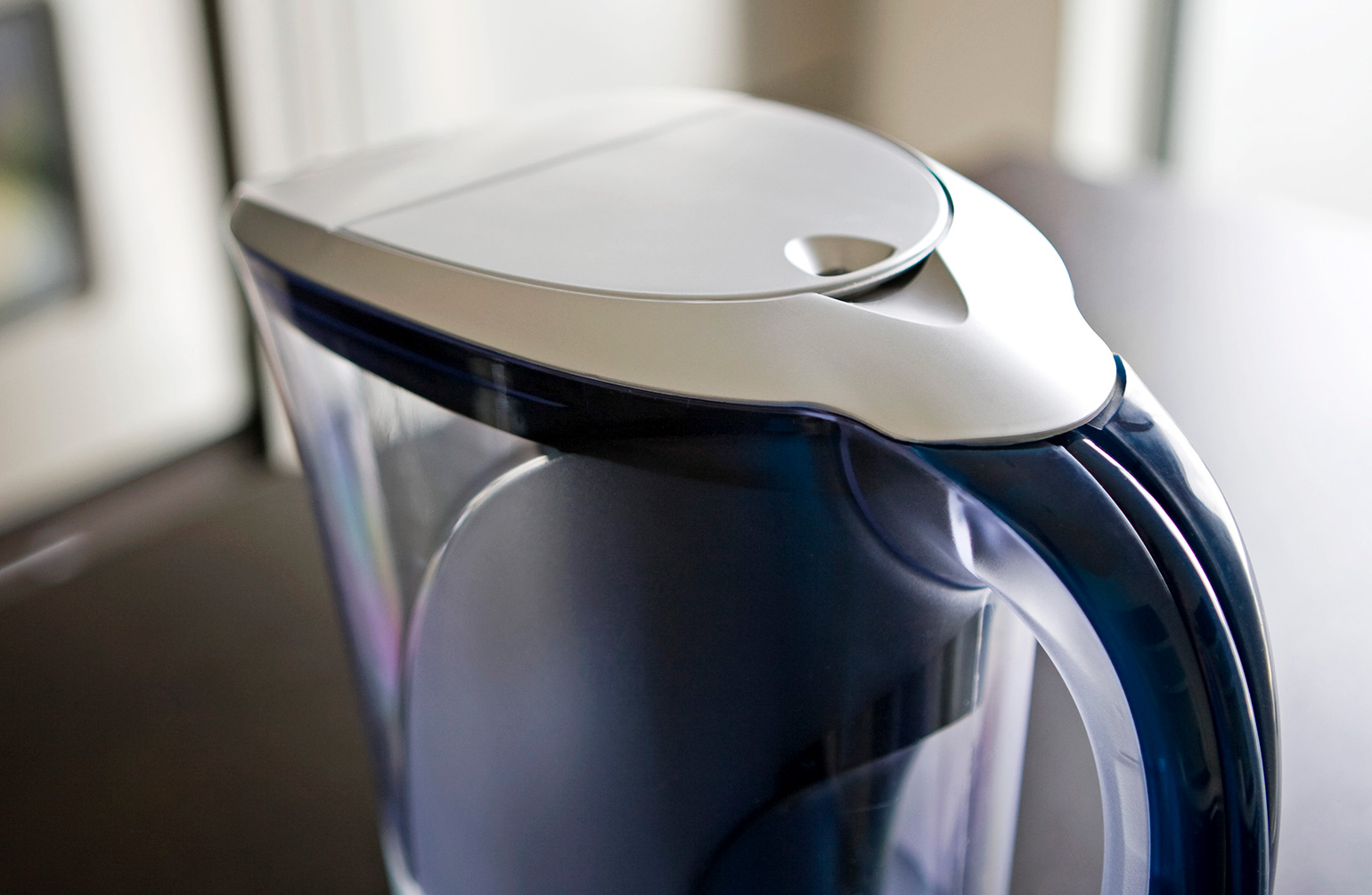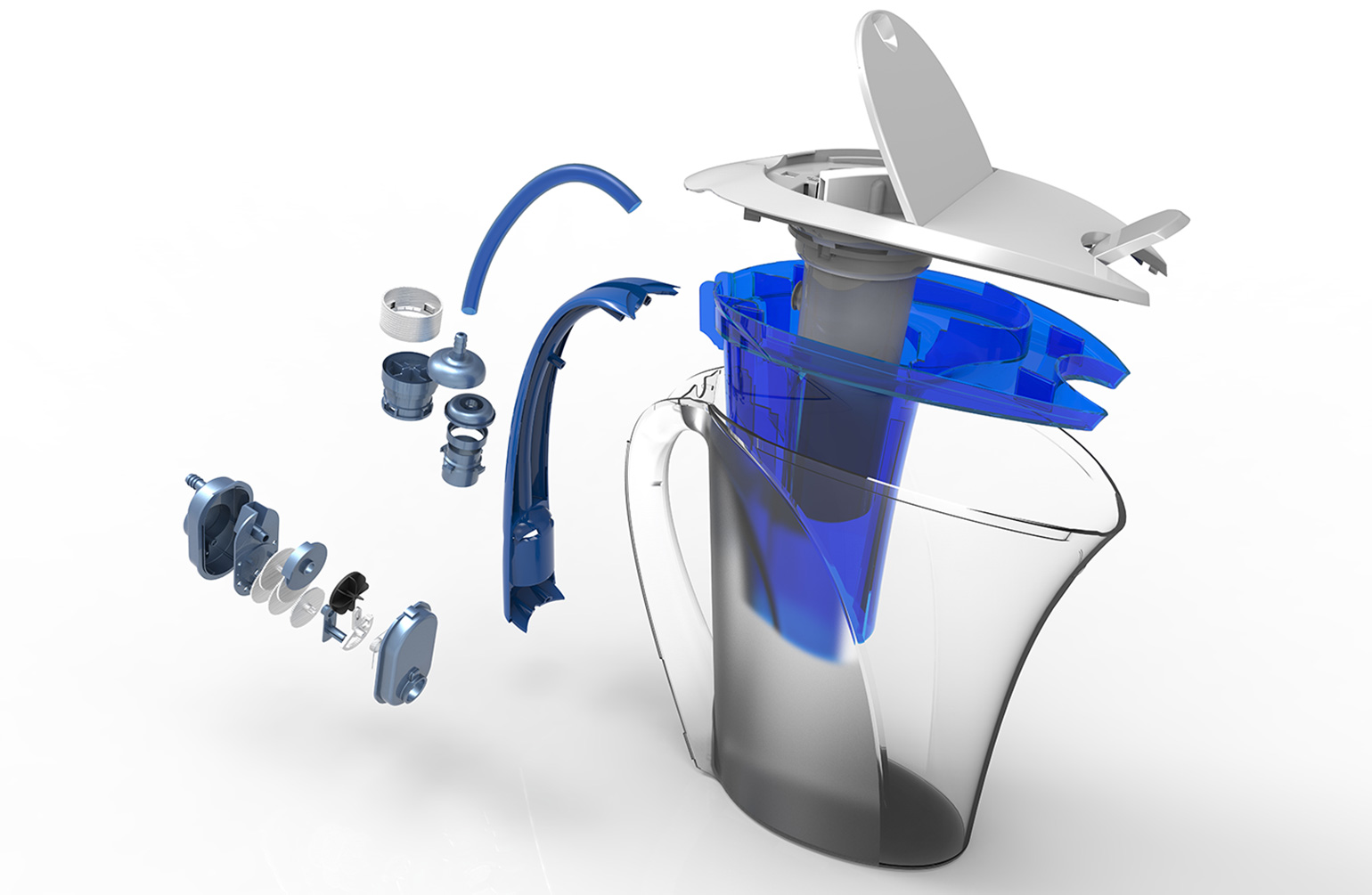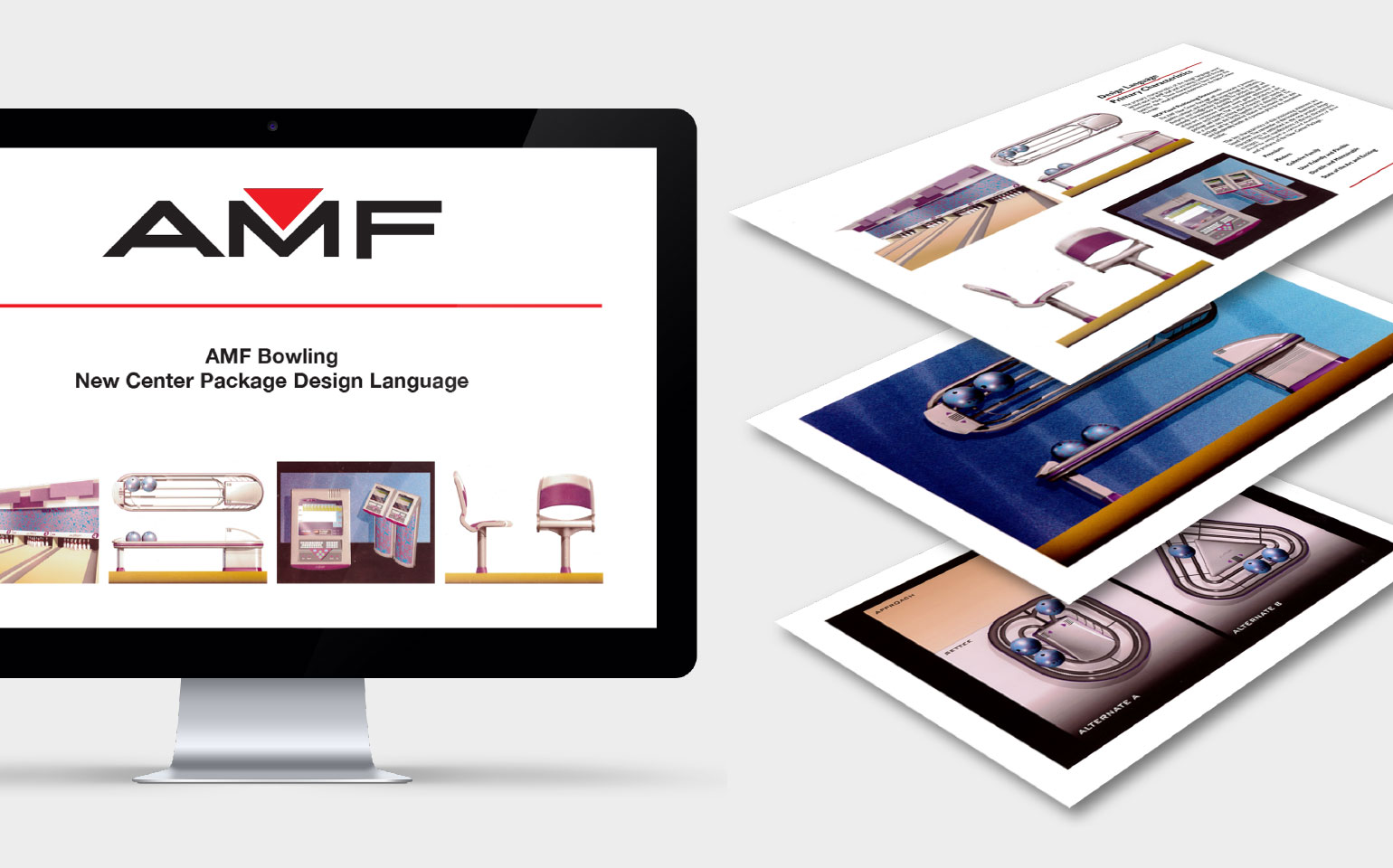Innovation can bring positive change in business. However, a business should keep its core values unchanged. So how exactly does one change without changing? The answer is Design Thinking. What’s great about Design Thinking is that it can drive radical changes without altering the basic foundations, like mission and purpose, on which your business is based. This is true for both corporate giants and small- to mid-size businesses.
Design Thinking is a human-centered innovation process emphasizing observation, collaboration, visualization of ideas, prototyping, testing with people, and concurrent business analysis. It applies the designer’s methodology and sensibility to problem solving. It’s not a substitute for the craft of design, but a process for innovation and adoption based on the needs and desires of people.
Over the last 30 years of Design Thinking for clients, BOLTGROUP has helped companies innovate without changing who they are. For example…
We helped a company investigate a completely new category they’d never considered before but that fit their mission, and uncovered competitive gaps that we filled with innovative products developed through Design Thinking.
When a company that owned the lion’s share of its market was running out of lane with existing customers, we helped find new customers within their category and developed patented products to secure those customers.
When growth for a nationwide rehab business was stymied by the need for more employees, we rehabbed the way they recruited—applying Design Thinking to human resources and brand building.
I’ll explain these cases studies more in a moment, but first let’s consider the way we practice Design Thinking. At BOLTGROUP, the design output for our client is often a product–it could be a physical, digital, or service product. But our process and our purpose have everything to do with People, Business, Culture, and Brand.
People
Good design improves people’s lives. Whether it be the end user, the reseller, or the maintenance person. Design creates value and meaning in products and brands for people.
Business
Design provides the process and the creative edge that helps businesses fulfill their mission and purpose.
Culture
Design is an expression of our shared customs, social institutions, and arts. The process of Design Thinking brings together societal influences like sustainability, regulatory requirements, and the design legacy we want to leave during our time as stewards of our communities.
Brand
BOLTGROUP defines brand as: the total expression of your business’s purpose, position, and personality–both inward to employees and outward to your market. Good design creates brands that effectively communicate the core values of a business while triggering an emotional response.
3 Ways Design Thinking Can Innovate Your Business
1. Through Product Revolution and Product Evolution That Shift the Business
Product design is the most obvious and well-worn avenue of Design Thinking. This can include new product ideas or the redesign of current products. Here are a few real-world examples of product innovation shifting a business:
Finding New Customers in Your Category
The Yaktrax statement of purpose was “Don’t Let Winter Slow You Down.”. Their patented traction device propelled them to 90% market share in the winter traction category. But they were running out of lane with existing consumers. The only way to grow further was to tap new markets. Worse yet, their patent was soon to expire. Yaktrax needed product innovation to stay ahead. Using our human-centered design process, we traveled to the streets of Minneapolis and the mountains of Utah to gain a deep understanding of end user needs. We recruited dozens of current and potential users for ethnography and ideation sessions, discovering an untapped consumer—avid joggers in snow and ice. We designed the first ergonomic traction product for ice runners. The new, patented Yaktrax won immediate placement at major sports retailers like REI and Dick’s Sporting Goods, and sales far exceeded expectations. Core77 recognized the product with a Design Excellence Award. Ever since, Yaktrax has grown year over year with new consumers from within their category.



